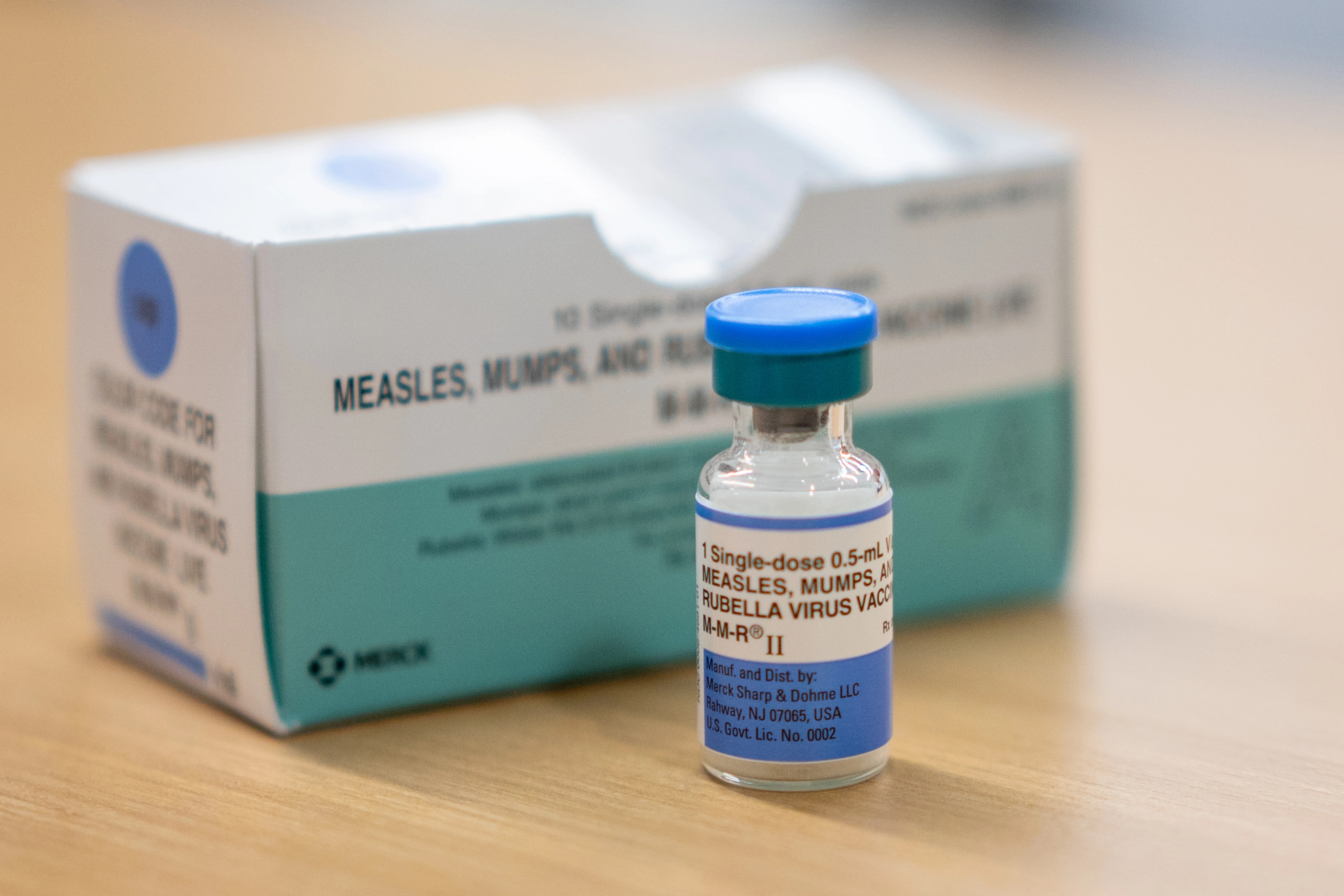
Two areas of London are among the highest in the country for measles rates, as the government renews calls for parents to stay up to date with their children’s vaccinations.
Between January and June, 46 cases of the virus were laboratory confirmed in the borough of Hackney, making it the local authority with the second highest rate in England.
According to the latest government data, Newham is also placed in sixth place with 24 cases recorded in the first six months of 2025.
Bristol had the highest number of measles cases, with 47 confirmed cases, with Leeds, Salford and Essex also appearing in the top eight locations.
This places the east London borough just two cases behind Birmingham, which has a population of 1.1m and has been at the centre of previous measles outbreaks.
Overall, 44 per cent of all cases have been confirmed in London, followed by the North West and the East of England with 12.10 per cent each.
Last year, there were more than 2,000 confirmed measles cases in England – the highest number recorded annually since 2012. Data shows that the highest percentage of cases affects the one to four years old age group, accounting for 31.80 per cent of cases.
Earlier this month, a child in Liverpool died of the virus with health secretary Wes Streeting calling for the nation to “redouble its efforts” to vaccinate more children.
Measles is highly infectious and can lead to serious complications.
People with this infection have a number of cold and flu-like symptoms and a rash appears a few days after symptoms start.
On rare occasions, measles can also lead to meningitis and brain swelling, which can cause long-term disabilities or even death.
Since 1 January 2025, there have been 529 laboratory-confirmed measles cases reported in England, according to UKHSA data which was released on July 3.
NHS England figures covering 2023/24 show that not a single vaccine met the target needed to ensure diseases cannot spread among youngsters.
The World Health Organisation (WHO) says to achieve herd immunity – which stops illnesses transmitting across the population – at least 95 per cent of children should receive their set of vaccine doses for each illness.
Figures show 91.9 per cent of five-year-olds had received one dose of the MMR (measles, mumps and rubella) vaccine, the lowest level since 2010/11, while just 83.9 per cent had received both doses, the lowest since 2009/10.
Uptake of the first MMR dose at 24 months stood at 88.9 per cent in 2023/24 – again, the lowest since 2009/10.




